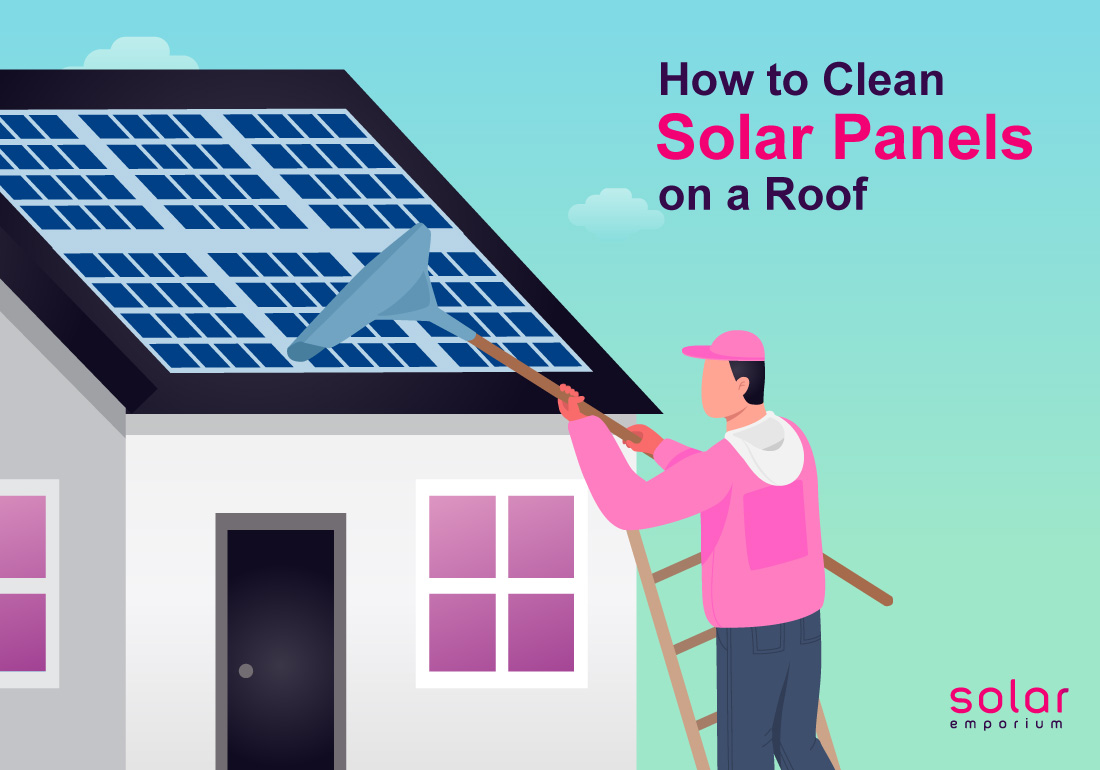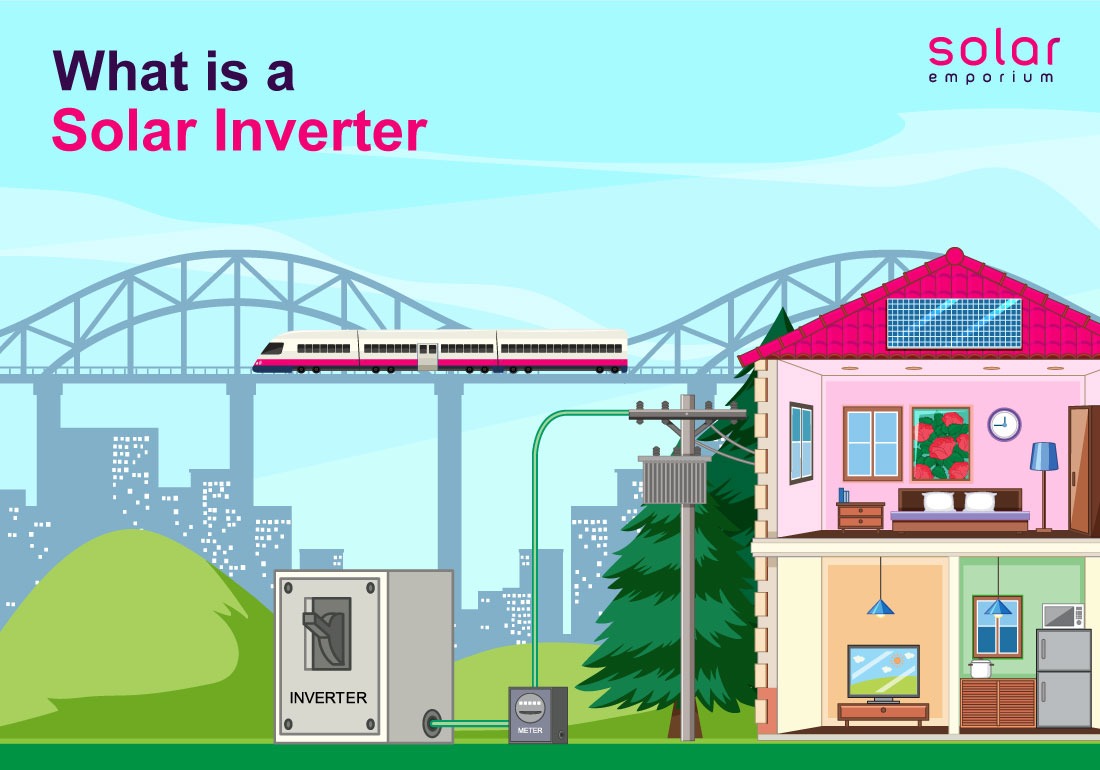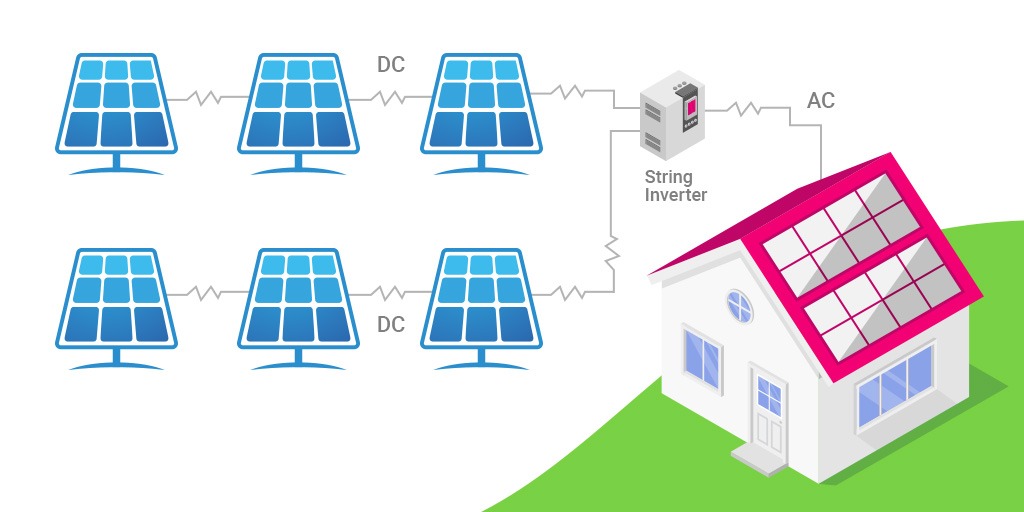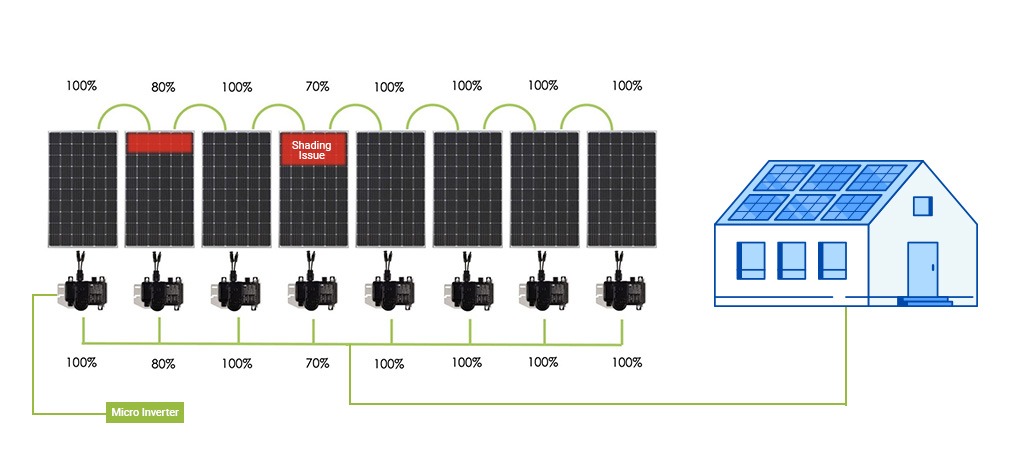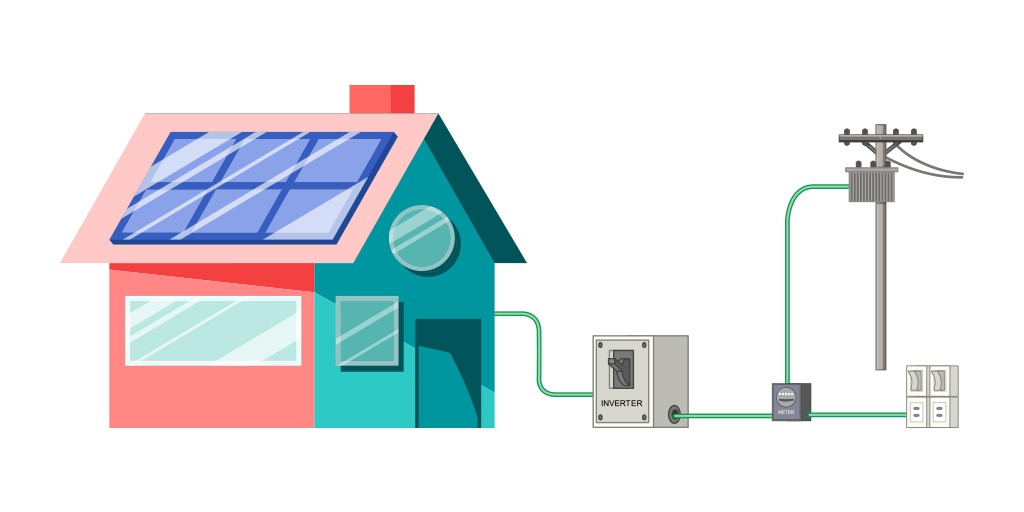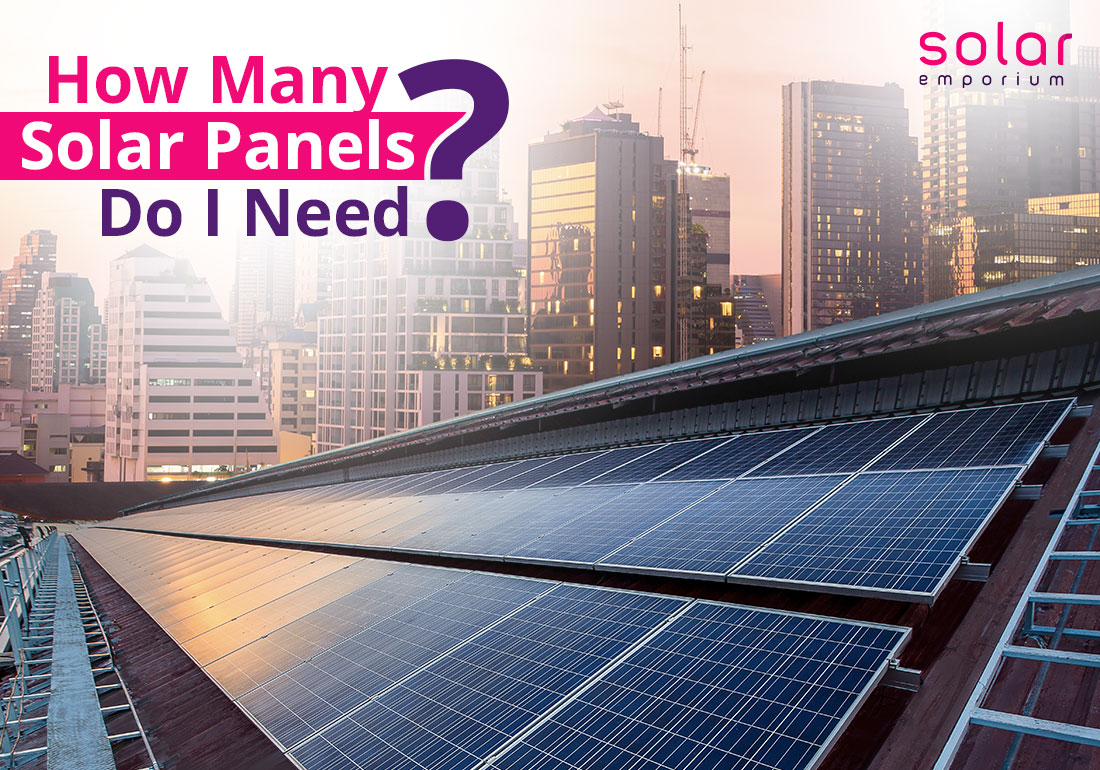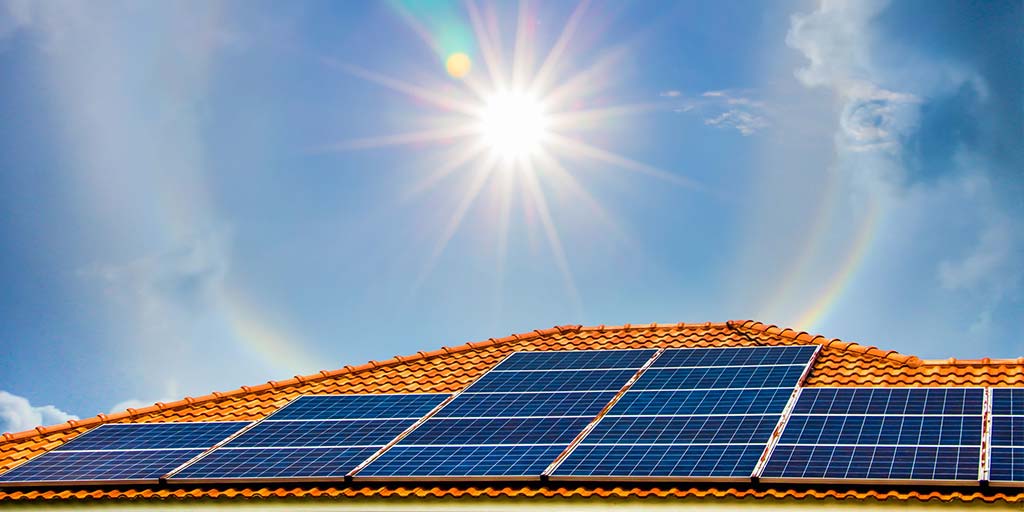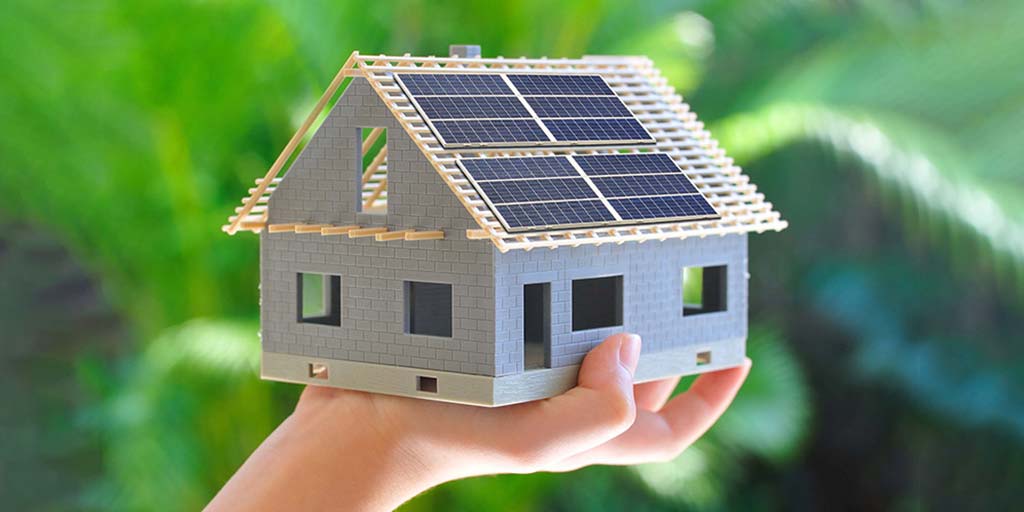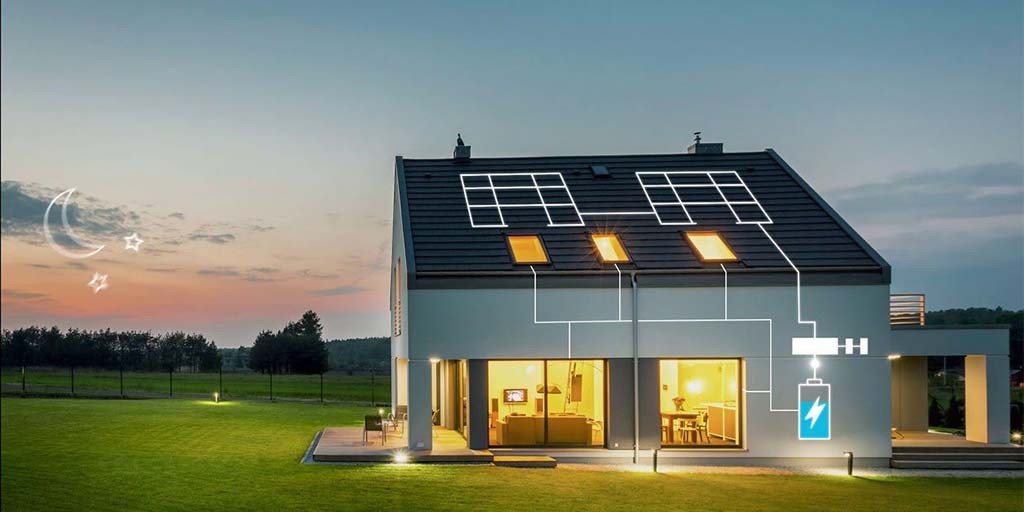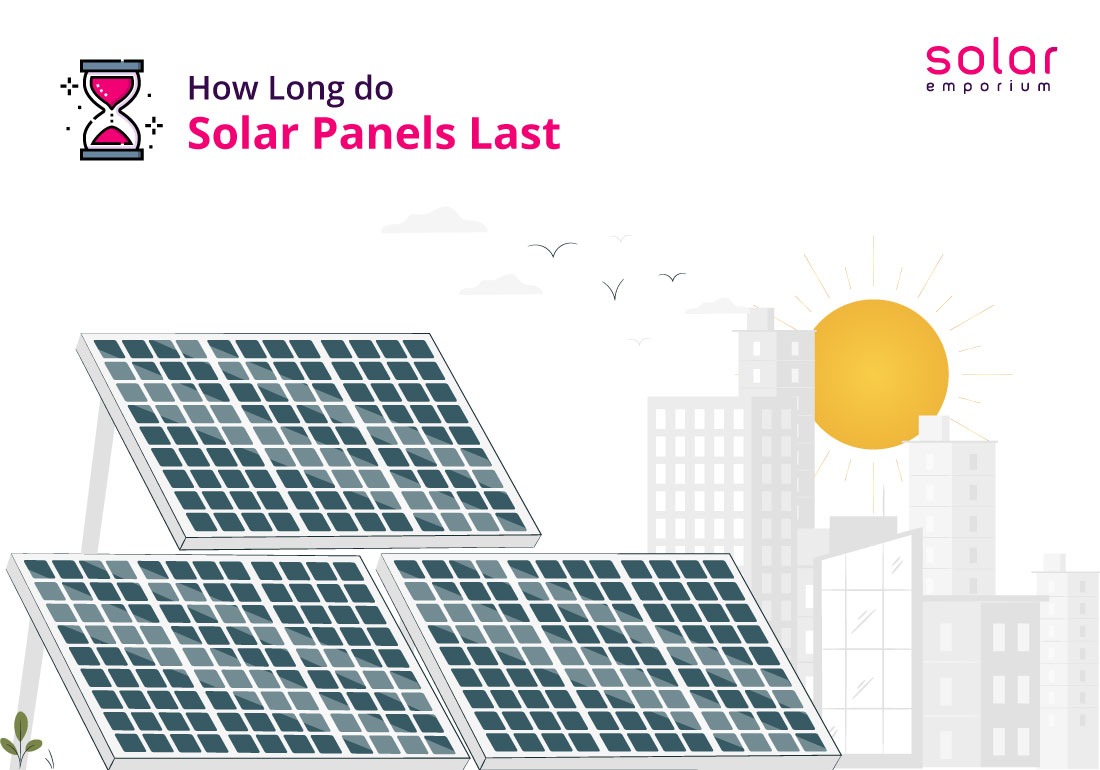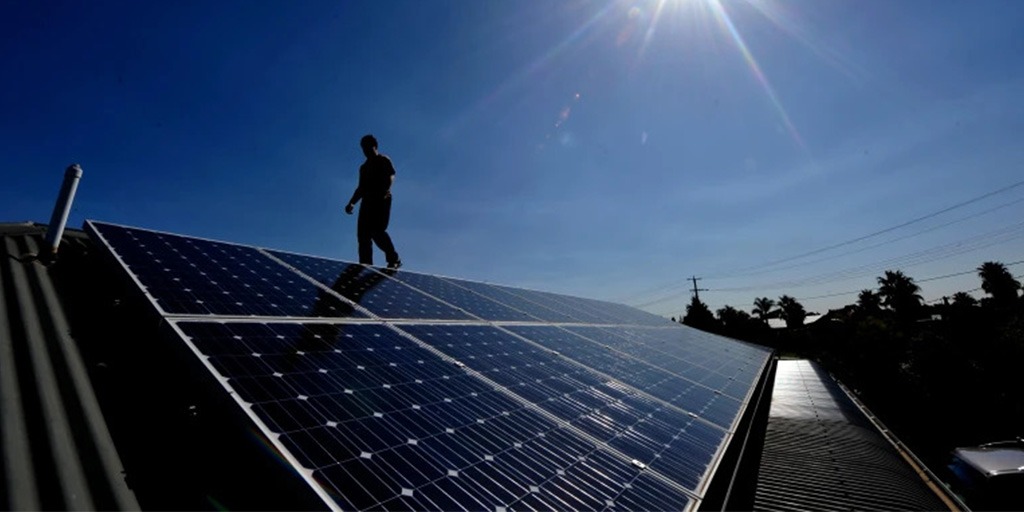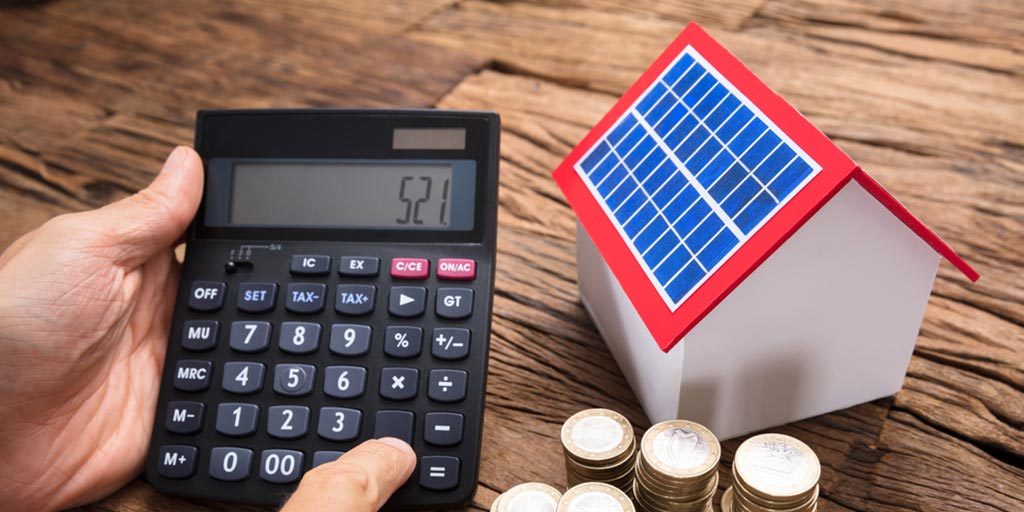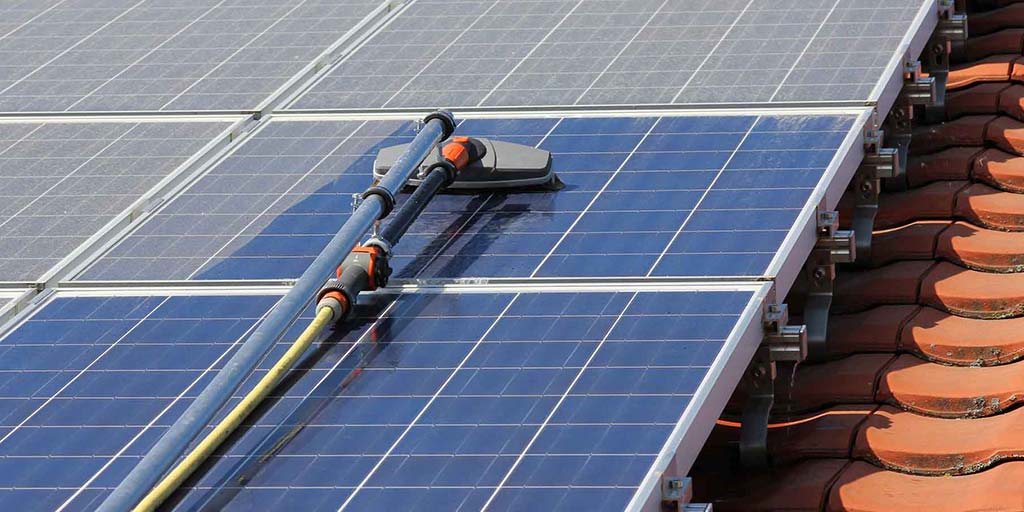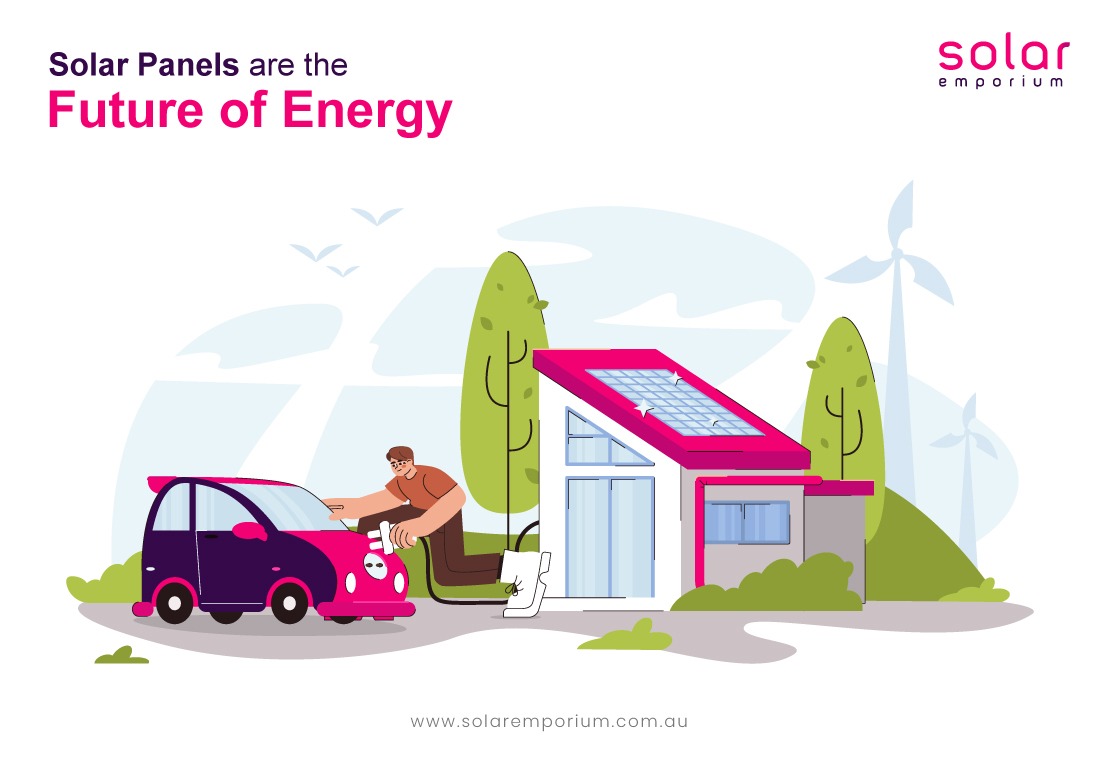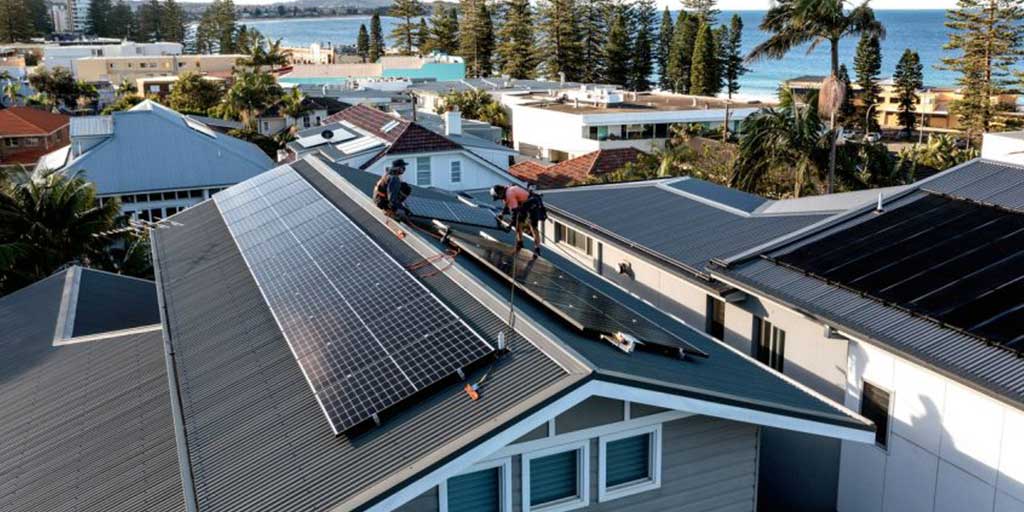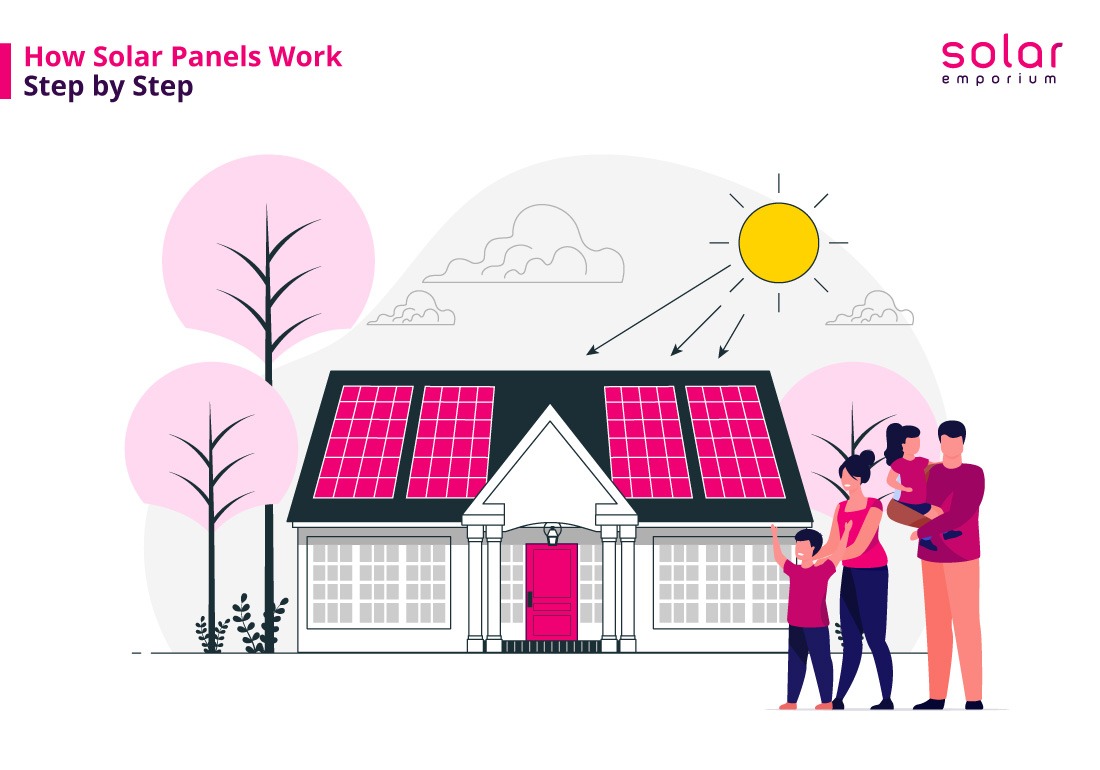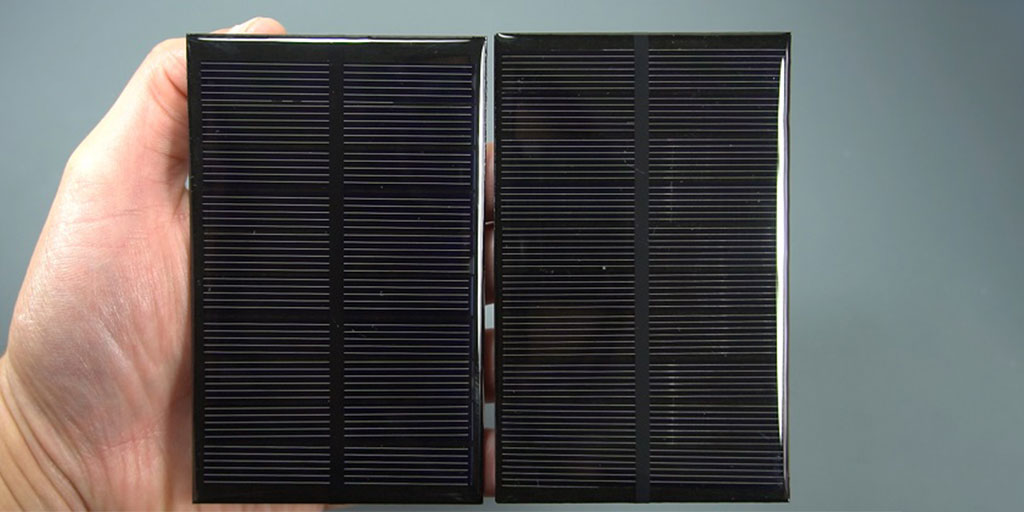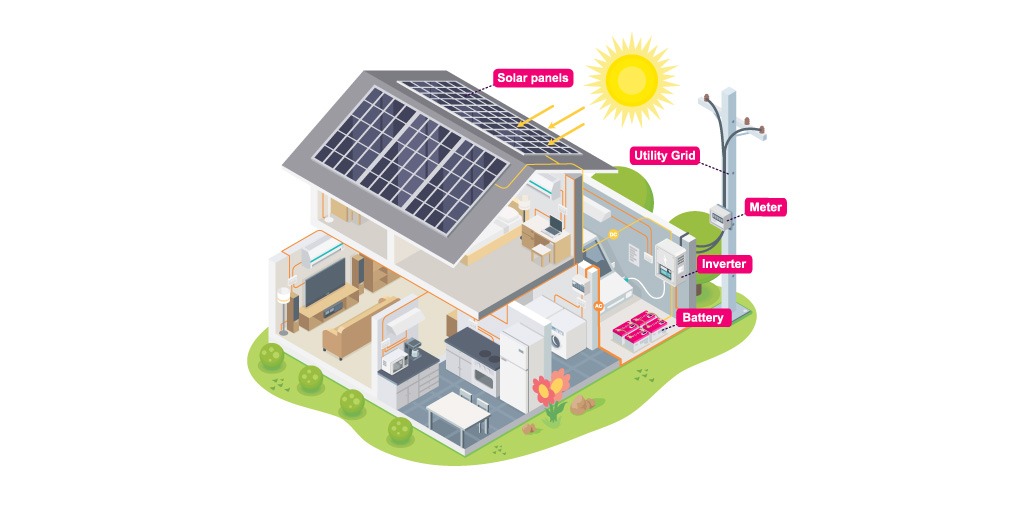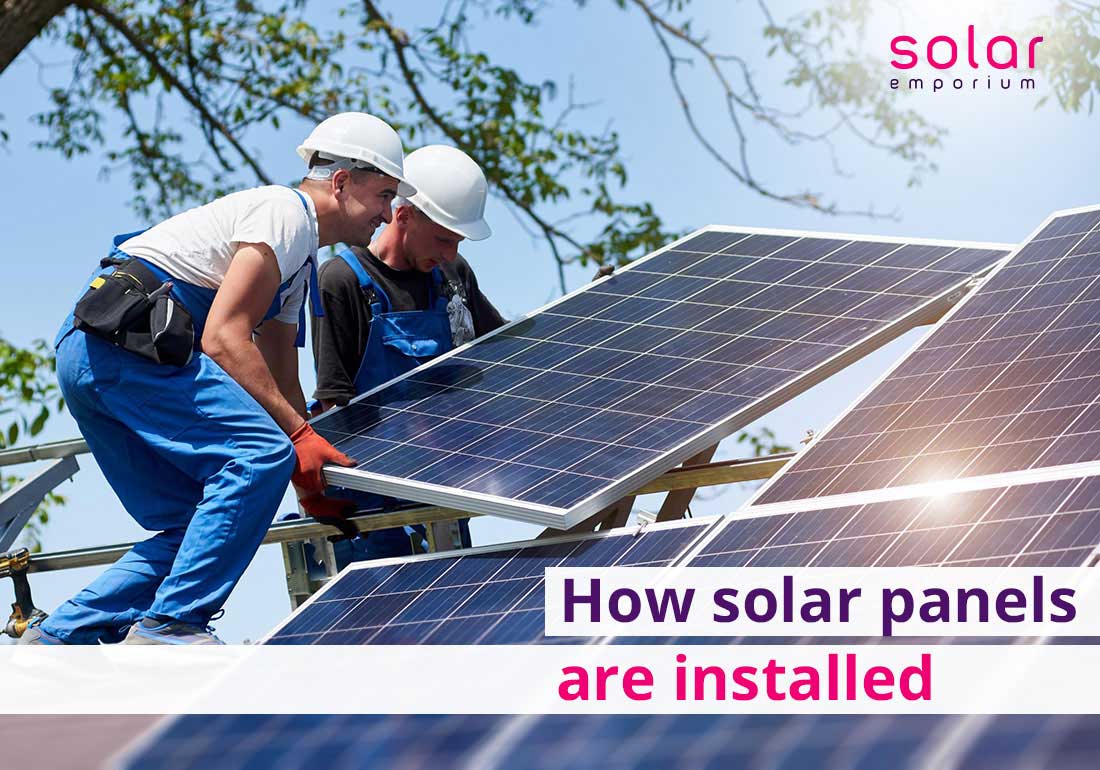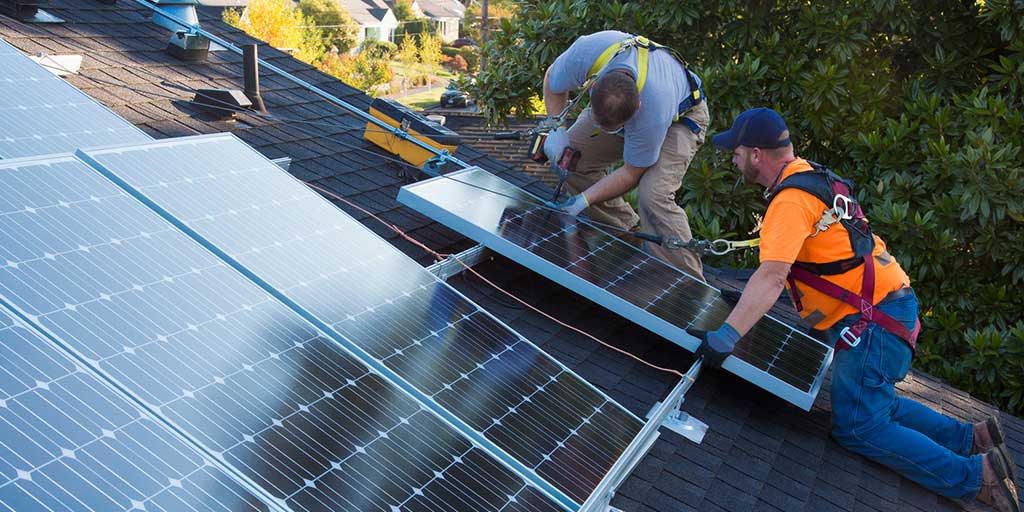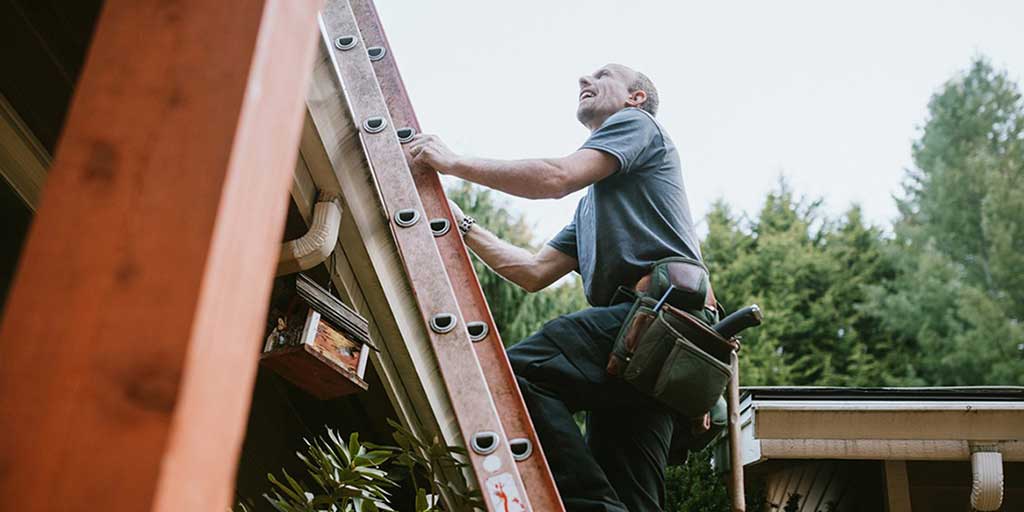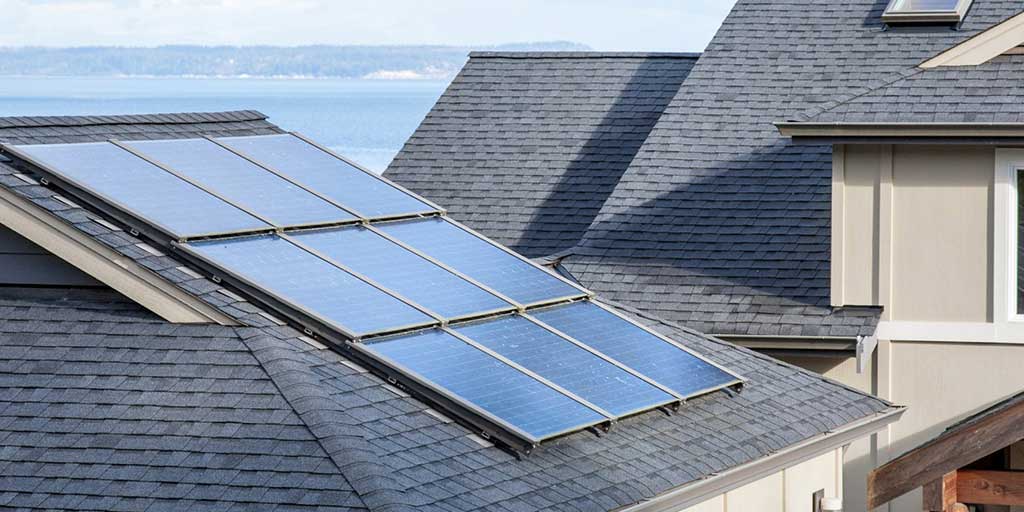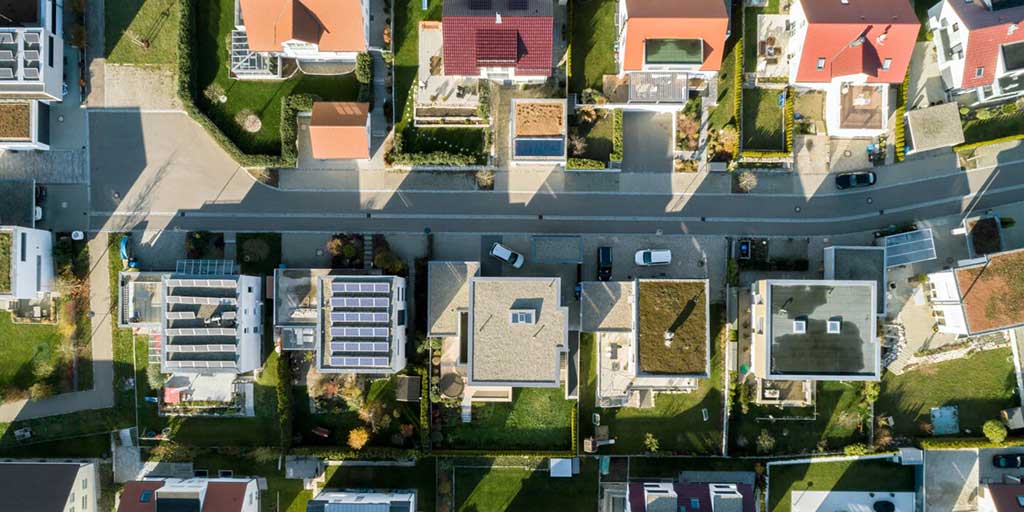Did you know you could increase your solar panel’s efficiency without spending even a dollar? Researchers found that cleaning your solar panels could increase their efficiency by 15% to 20%! So, cleaning your rooftop PV will significantly boost your energy production and let you enjoy the power of the sun to the maximum of your panel’s abilities. The best part is you can do it by yourself!
How often should you clean your panels? The answer to this question depends on a lot of external factors. Such as where you are located, at which angle you have your solar panels mounted, the positioning of your house, how often does it rain in your area, etc.
If you take the route of getting your solar panels professionally cleaned, it will certainly spare you the time and effort of cleaning them by yourself. However, this job is significantly easier, so calling the professionals is not really necessary.
Personally, I recommend DIY solar panel cleaning. So, in this article, I am going to teach you how to clean solar panels on a roof.
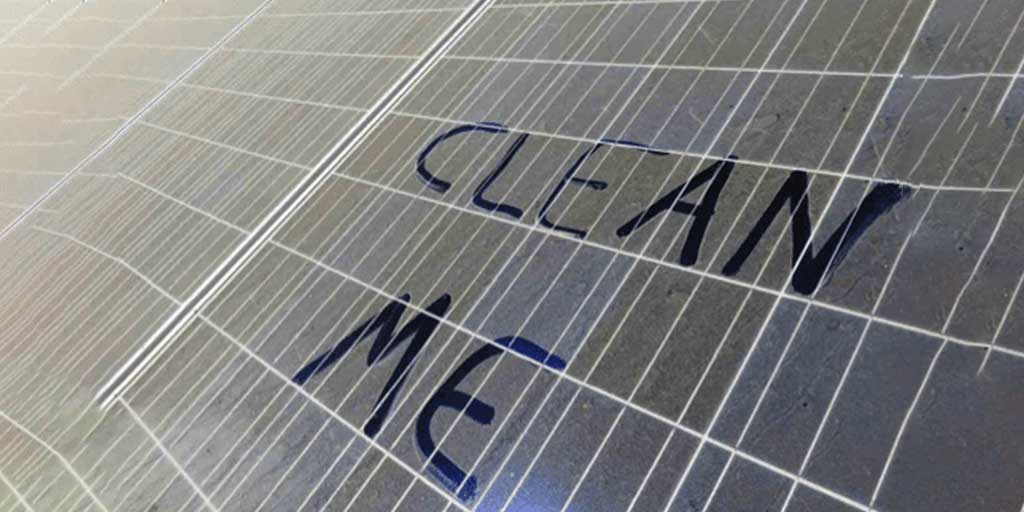
Checklist- Things You Need for Cleaning Solar Panels
I am sure you have all the items lying around the house, or you might not. So, here is a list of things you will need before you start the cleaning process.
- Fresh water supply hose (not a pressure washer)
- A clean, non-abrasive brush with a long pole
- Squeegee with a long pole
- Mild soap (or an Alternative to that)
That is, it! That’s all the things you will need to clean your solar panels on the rooftop.
Yes, there is a crucial yet obvious factor I have not mentioned yet. In order to clean the panels, you might need to get on the roof. In that case, I cannot stress enough how important it is to make sure you are safe. Please do not go up the roof without a safety harness and double-check that somebody is there to assist you in case of an emergency.
It is not obligatory, but there are a few swaps for the mentioned items you could make for an even more effective cleaning routine. For example, you could swap the regular fresh tap water with ‘de-ionized water.’ Since all of the pollutants and minerals are removed from the de-ionized water through numerous filters, utilizing it will scarcely leave any stains. But tap water works just fine.
You could choose a special glass cleaning product that is specifically made for PV cleaning. But you can also use mild dish soap diluted with water. Keep in mind that using strong chemicals or scratchy brushes might permanently damage and discolor your solar panels, decreasing their effectiveness and conversion rate in the process.
Step-by-step DIY Solar Panel Cleaning
Here are the steps to clean your rooftop solar panels. Follow them and enjoy the power of the sun!
Shut Down the Entire System
Some may argue that it is not necessary to shut off the system, but it’s better to be safe than sorry. Technically speaking, solar panels cannot be turned off. If they are exposed to sunlight, they will convert it into energy.
However, the safest course of action is to shut down the entire system, which entails isolating the panels for the time being. This will prevent even the minute chances of short circuit, eventually setting the house on fire- or worse yourself.
Fasten Your Safety Harness
Please make sure you are safe when you go up the roof. It is a very important step in the process. . Even though its residential solar it’s of utmost importance that you ensure your safety first.
Choose a Cooler Day or Early Morning
As you might already know that solar panels have a layer of glass protecting them from dirt, grime, scratches, etc. A hot sunny day may make the glass layer very hot to the point that a splash of colder water could crack them. Also, a scorching hot day is not very ideal as you will be on the roof, closer to the sun.
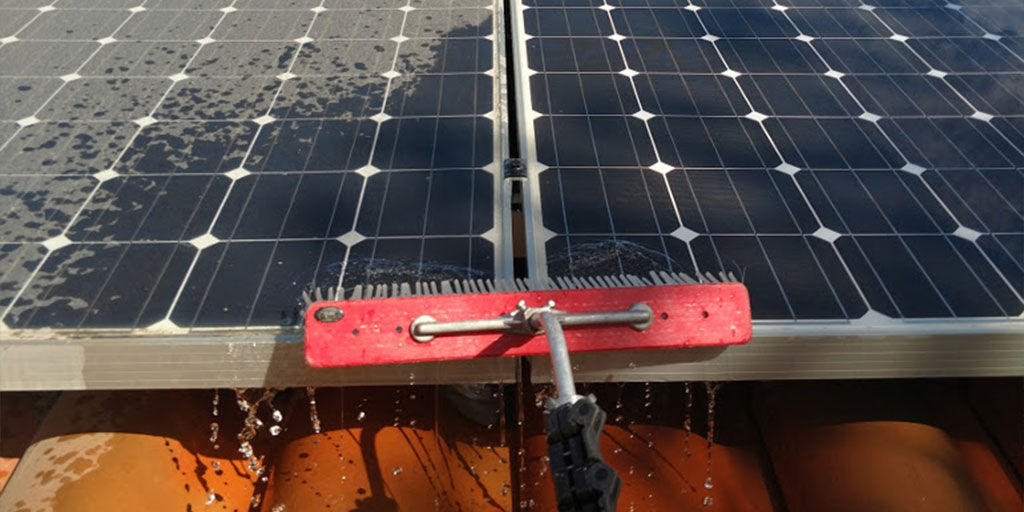
Start with Plain Water
Solar panels are typically found covered in dust, debris, bird dropping, pollen, etc. With time they dry out on the surface and get stuck. So, spray a generous amount of water on the panels with the hose to soften the dirt. No pressure washer is required for this step; in fact, if used pressure, it can permanently damage the solar panels.
Pro tip- You can always install rainwater tanks in a suitable place to have access to plenty of water, best if installed on the roof.
Use a Soft Bristle Brush
Gently scrub with a soft bristle brush to loosen up the dirt and spray it down with water. Do not use too much pressure while scrubbing; keep in mind that solar panels are sensitive.
There are many types of brushes in the market dedicated to cleaning solar panels. Some have rotating heads with an integrated water supply channel, and some are plain brushes. You can choose any brush; just make sure they have soft bristles.
Use a Mild Cleaning Agent
Not always, the cleaning process will require a cleaning agent. Depending on how dirty your panels are, you can use them or skip entirely. In most cases, only the brush and water seem sufficient, but in some cases, a cleaning agent is required.
It is advised by professionals to use a very mild and diluted cleaning agent like dish soap diluted in water, essentially soapy water of any kind without harmful chemical agents that can degrade the panels. But you can use special glass cleaners that are formulated to clean the solar panels.
You can also use white vinegar to clean the panels but water it down beforehand. With every 100ml of clean water, use no more than 5ml of vinegar. This natural substance contains acetic acid, which is powerful enough to dissolve tenacious muck without damaging your solar panels.
After you are done using the cleaning agent, thoroughly rinse it down with clean water once again.
Use a Squeegee
Lastly, you will need to get rid of the water on the surface of the panels. To do that, use a good quality squeegee. This step is important because if you let the water dry on the surface, there would be water marks all over the panel, eventually dragging down the efficiency of your solar array. Yes, watermarks can affect your panel’s efficiency rate.
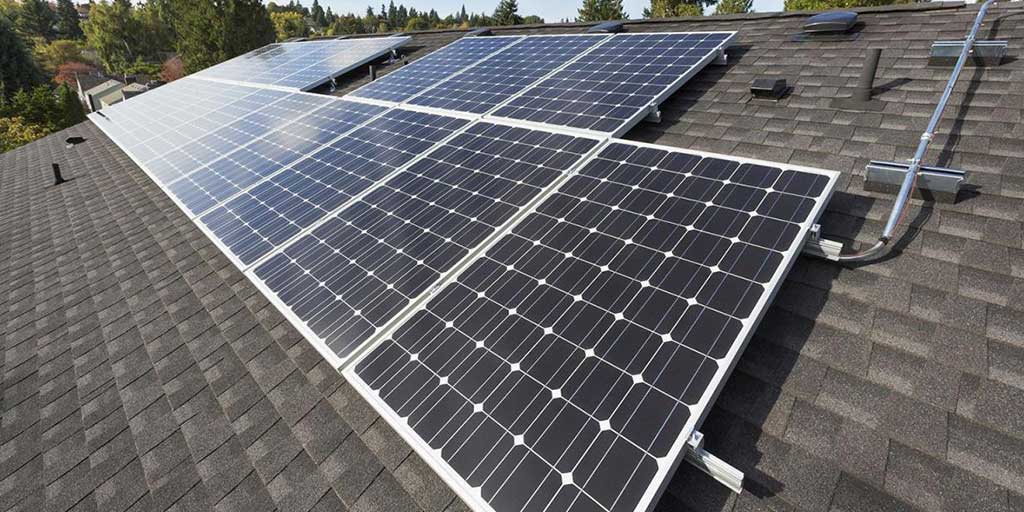
And that is how it is done!
Follow these simple steps for a clean and efficient solar array and enjoy your solar panels to their fullest. If you have frequent rain and less pollution in your area, your solar array might not get that dirty and hence require less cleaning. However, a comparatively drier area will have more dust. So, if you clean your panels in that case, you will reap a higher benefit for your investment which is your solar panels.
We have a qualified team of professionals to help aid any of your solar needs. Get in touch with us today to discuss any of your solar queries; we are more than happy to help you.
*Please note the content in this article is for your general information and use only. It is subjected to change without notice.
